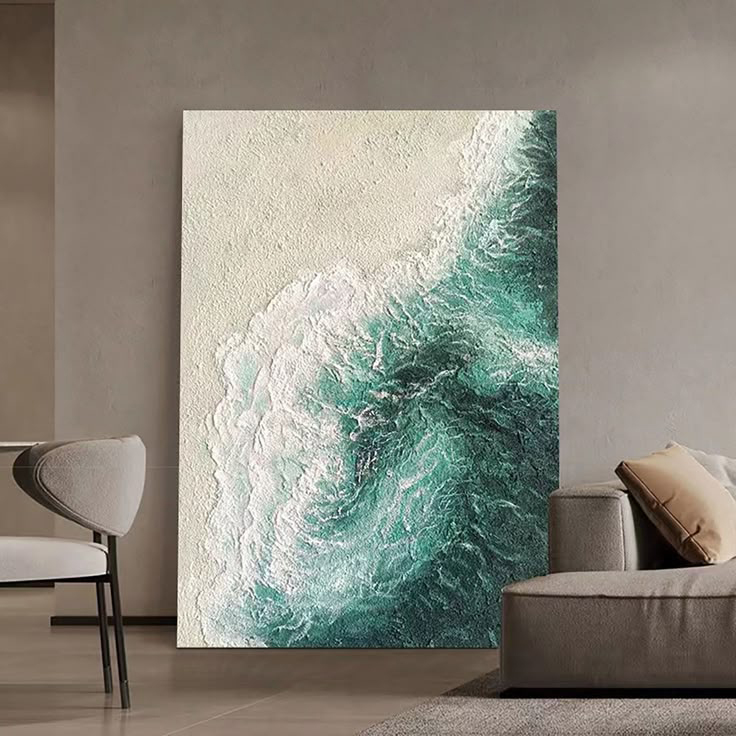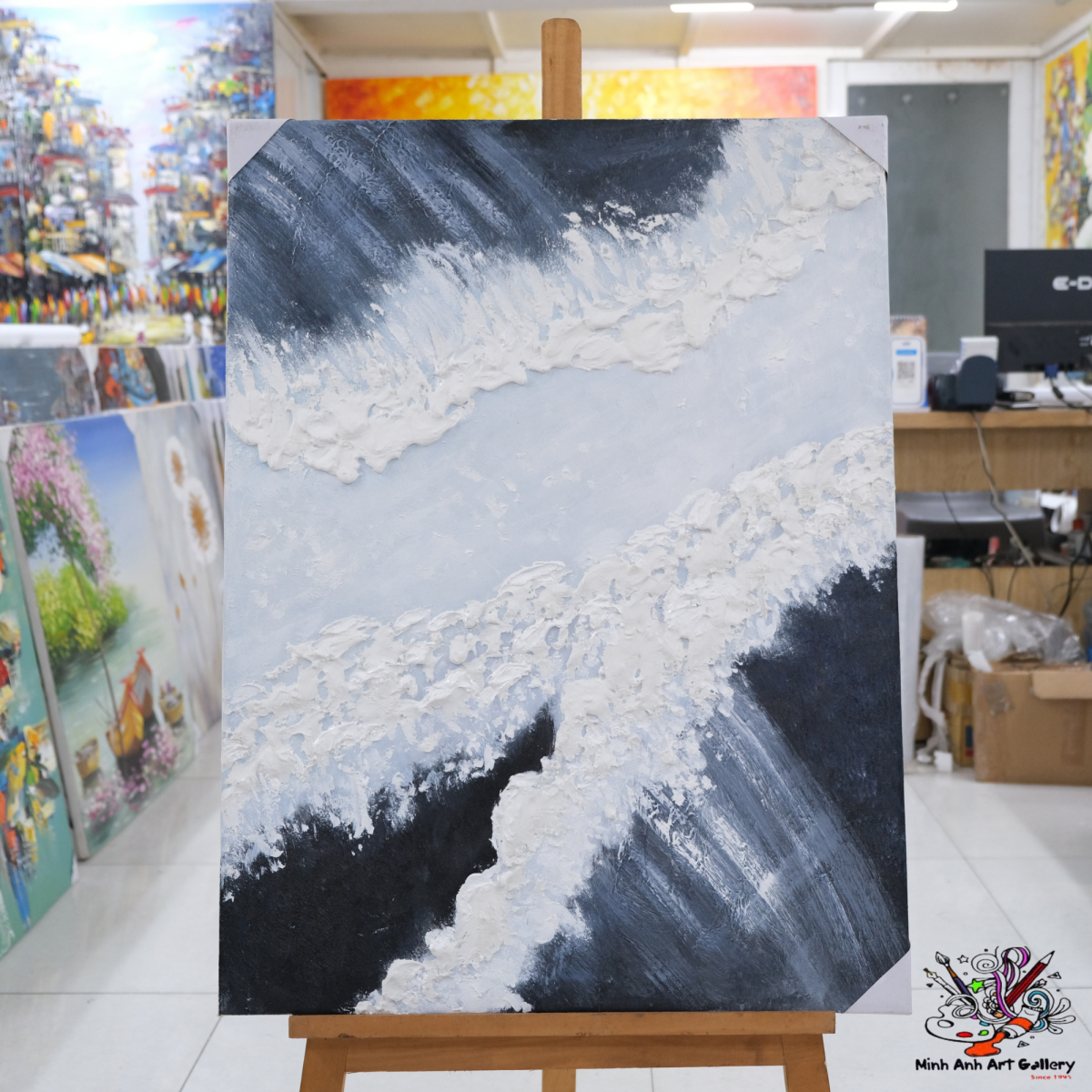Europe isn’t just a continent. It’s a canvas—one brushed with centuries of creativity, rebellion, and reflection. When you think about famous art collections, your mind probably travels to grand halls in Paris, Rome, or Florence. And rightly so. Europe’s heritage in the arts is a living, breathing archive of the world’s visual evolution.

From the illuminated manuscripts of medieval monasteries to modern abstract expressions, European art spans every known period of artistic development. It’s this continuous evolution that makes its curated art collections incredibly diverse and influential.
Royal families, religious leaders, and wealthy patrons laid the foundation of Europe’s artistic reputation. Their investments gave rise to countless masterpieces, now displayed in both public museums and private art galleries.
Home to the Mona Lisa and Venus de Milo, the Louvre is the most visited art collection gallery in the world. But beyond its most famous residents, it’s a sprawling treasure trove of history.
It isn’t just the quantity of artwork but the storytelling. Each piece in this fine art collection tells a tale—from ancient Mesopotamia to 19th-century France.
Step into the Sistine Chapel and gaze upward. You’re witnessing divine art. Michelangelo’s ceiling isn’t just decoration—it’s a theological narrative in color.
This collection offers more than aesthetic pleasure. It’s a visual sermon, one where sculpture, painting, and architecture intersect.

Few places exhibit the haunting intensity of Goya or the psychological depth of Velázquez like the Prado does. This is Spain at its finest—bold, emotional, and powerful.
These works weren’t just created for art’s sake—they were political, personal, and royal statements preserved within a curated art collection.
From Egyptian mummies to the Rosetta Stone, the British Museum’s collection is a time capsule. It celebrates not just British heritage, but global civilizations.
Its holdings have sparked debate, with many pieces acquired during colonial times. Yet, the museum remains a vital hub of knowledge and cross-cultural understanding.
Renaissance beauty is redefined here. Works by Botticelli, Michelangelo, and Da Vinci fill the halls, telling the story of human potential and creativity.
The Medici family didn’t just collect—they curated Europe’s artistic future, creating what would become the Uffizi’s iconic art collection gallery.
Realism took center stage in Dutch art. The Rijksmuseum’s fine art collection boasts deeply humanistic works that capture everyday life with painterly magic.
Digital guides, interactive displays, and evolving art gallery exhibitions ensure this museum keeps both past and present visitors engaged.
Catherine the Great wasn’t just a ruler—she was an art lover who amassed over 4 million objects. Today, the Hermitage is one of the richest art collection galleries in the world.
It merges European refinement with Russian grandeur—an East-meets-West experience like no other.
Bold. Abstract. Daring. These spaces offer a glimpse into the soul of modern expression. They stand as icons for modern art collection in the digital era.
From installations to NFTs, European galleries are pushing boundaries. Contemporary art galleries are no longer just places—they’re immersive experiences.
Want a quiet viewing with a glass of wine? Private art galleries across Paris, Vienna, and Amsterdam offer just that—curated intimacy with exceptional works.
These boutique spaces often support emerging talents, curating future masterpieces for the next generation of collectors.
Missed your flight to Berlin? No problem. Most galleries now offer online access to their collections, letting you wander the halls from home.
Thanks to art collection online platforms, geography is no longer a barrier. Everyone, everywhere, can experience European art.
Late spring and early fall offer fewer crowds and perfect weather. Try mid-week visits for a quieter experience at even the busiest museums.
Bring a sketchpad. Join a guided tour. Or just wander. Let your instincts lead the way—sometimes, getting lost in a museum is the best part.

Europe isn’t just where art lives—it’s where it thrives, whispers, and shouts through brushstrokes and stone. From famous art collections to the humblest private art galleries, the continent offers something soul-stirring for every visitor. Whether you’re admiring a masterpiece in Florence or exploring a modern art collection online from your couch, each piece tells a story. And in that story, we find ourselves.
1. What is the best city to start an art tour in Europe?
Paris is a great starting point due to its dense art collection galleries, but Florence and Amsterdam are equally enriching.
2. Are European museums kid-friendly?
Absolutely. Many have child-focused art gallery exhibitions and interactive displays.
3. Can I buy art from European galleries?
Yes, especially from private art galleries. These often offer pieces from emerging and mid-career artists.
4. Is it worth exploring art collection online?
Definitely. It’s a great way to preview galleries or revisit favorites from anywhere in the world.
5. How long should I plan for a European art gallery collection tour?
Ideally, 2–4 weeks allow a solid itinerary across major cities without feeling rushed.
Message:
This article is proudly brought to you by Minh Anh Art Gallery.
Gallery: 101 Bui Vien St, District 1, Ho Chi Minh City, Viet Nam
Workshop: 412 Tung Thien Vuong St, District 8, Ho Chi Minh City, Viet Nam
Phone: (+84) 962 720 484
Email: minhanhart.vn@gmail.com
Website: https://minhanhart.vn